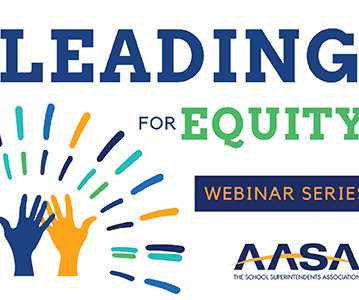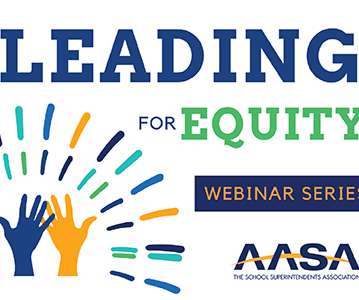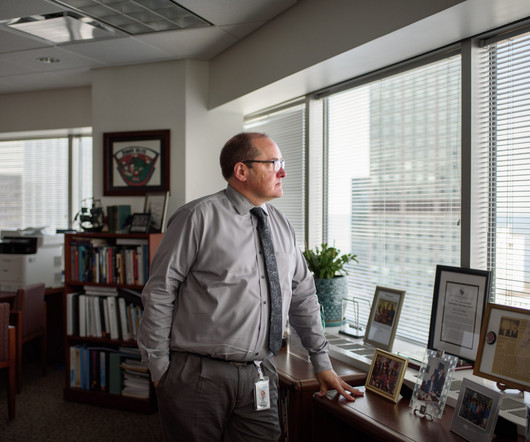Inside Maine’s disastrous roll out of proficiency-based learning
The Hechinger Report
APRIL 19, 2019
In theory, proficiency-based models let students learn at their own pace, speeding up if they grasp a concept quickly, and getting extra help if they struggle. In practice, though, it can take many different forms, including independent study, learning communities and online programs. In 2003, the Gates Foundation gave RISC $5.8



















Let's personalize your content